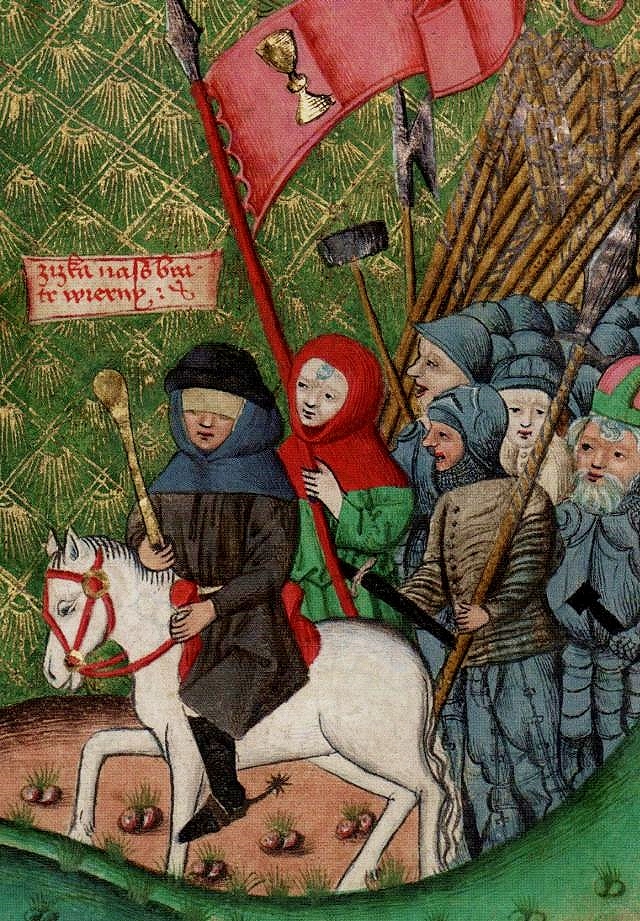
“British, American and German military researchers raced to discover and mass-distribute super drugs that would create ferocious and tireless fighting men.”
IT’S THE HISTORY they never taught us about in school.
A new PBS documentary slated to air in June will explore the huge role methamphetamines played in the Second World War.
Hosted by British historian James Holland, Secrets of the Dead: World War Speed uncovers the hidden story of drug use in both the Allied and Axis armies.
And more than just focusing on illicit addictions, the 60-minute film reveals how British, American and German military researchers raced to mass-produce super drugs that would create more tireless and ferocious fighting men.
“Stories about drug use by Hitler and German forces during World War Two have been widely told,” say the producers. “What’s less well known is that the Allied commanders’ embraced pharmacological ‘force enhancers’ as well.”
Here are some of the highlights of the program:

Nazi Germany had a head start in the drug war
Pervitin was the Third Reich’s drug-of-choice. Produced in the 1930s by Germany’s Temmler Pharmaceutical, the methamphetamine was promoted to the general public as an all-purpose elixir using a marketing campaign similar to Coca Cola’s. Later during the war, the stimulant was given to Luftwaffe pilots to keep them awake and energized if they were shot down behind enemy lines. In fact, the Pervitin was so widely used by German fliers, many called it the “Stuka-Tablet,” in reference to the famous dive-bomber, or the “Herman Göring Pill” after the air corps chief and Reichsmarschall.

Pervitin became Germany’s secret weapon
When German troops invaded Poland in 1939, Pervitin kept them going. Later, as many as 35 million tablets were distributed to Wehrmacht soldiers in the weeks leading up to the May, 1940 attack on France. The drugs let Hitler’s troops march for as much as 10 days straight, covering an average of 22 miles per day. Thanks to their lighting-fast advance, German forces were able to trap the entire British army on the beaches of Dunkirk in what is considered one of the greatest feats in military history.

The Allies lagged behind in the pharma arms race
For Allied soldiers, caffeine was initially the primary stimulant. In fact, java was so closely associated with American soldiers, also known as GI Joes, that the term ‘cup of joe’ became synonymous with the drink.

Britain soon had a Benzedrine-powered army
In 1940, the British military discovered Pervitin tablets in the wreckage of a German plane downed over the south of England. The find revealed the secret to the enemy’s seemingly boundless energy. Soon, the Allies were engineering their own stimulants. The pre-war amphetamine Benzedrine, which was first used in nasal decongestant inhalers, was soon repurposed as military-grade speed. The pills would eventually become known as “Bennies.” Both the Allied and Axis drugs gave users a sense of heightened alertness, speedier reaction times and a temporary feeling of euphoria. With its added methyl-group molecule, Pervitin races across the blood-brain barrier a bit faster than Benzedrine. Otherwise, the two drugs have virtually the same impact. Prolonged use leads to rapid heart-rate, impaired judgement, mood swings, psychosis and depression.

Both Monty and Ike pushed speed
British troops involved in the opening stages of the 1942 Battle of El Alamein were issued Benzedrine to help them fight with greater gusto. And orders for the drug’s distribution came straight from the top: Lieutenant-General Bernard Montgomery’s headquarters. Soldiers of the British 24th Armored Tank Brigade were reportedly prescribed 20 milligrams of Benzedrine per day — twice the amount recommended to RAF pilots. By November of 1942, American soldiers entering combat in North Africa were issued their own packs of Benzedrine. U.S. General Dwight Eisenhower himself ordered some half million tablets for GIs.

Cocaine was the drug of choice for some submariners
Sailors in Germany’s U-boat corps their own performance-enhancing narcotics. To keep submarine crews awake and alert for their long watches in cramped compartments, the brass looked to potent cocktails of cocaine and methamphetamines. The drugs were first tested on inmates of the Sachsenhausen concentration camp. Subjects were ordered to take the stimulants and then run for 40 kilometres while carrying loads of rocks.

Amphetamine use continued after WW2
Following World War Two, the use of both Benzedrine and Pervitin continued. By the 1950s, amphetamines were marketed as diet pills and mood enhancers with celebrities like Marilyn Monroe and Jack Kerouac famously using the stimulants. Speed also became a popular drug among America’s beatnik culture.
For the full story, check out Secrets of the Dead: World War Speed on Tuesday, June 25. For air times in your area, visit: pbs.org/secrets.









